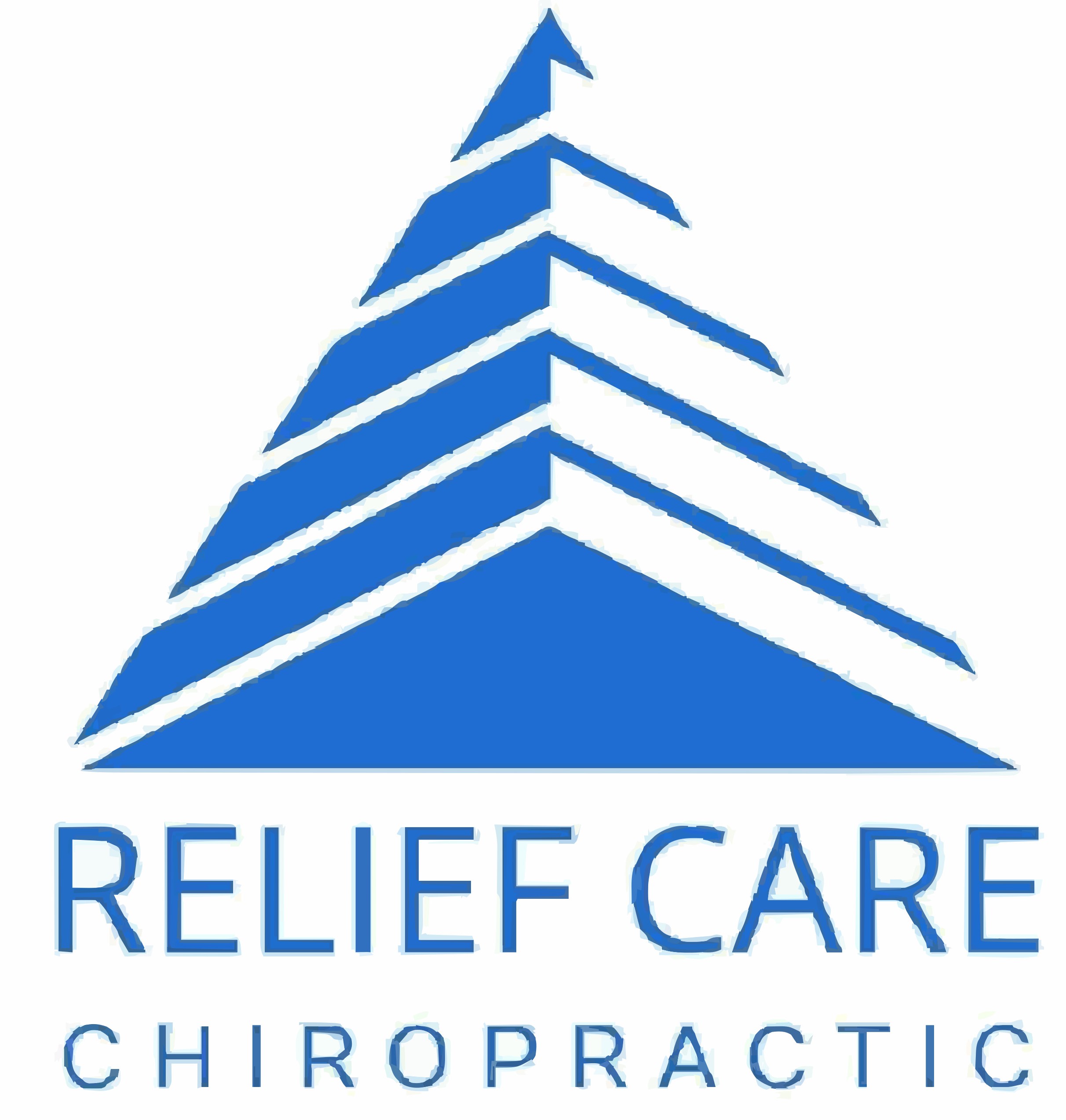Introduction to Laser Therapy
What is laser therapy?
Laser therapy, also known as photobiomodulation therapy, is a non-invasive medical procedure that utilizes specific wavelengths of light to stimulate cellular activity. These light photons penetrate the skin and interact with cells, triggering biological processes that promote healing and alleviate pain.
How does laser therapy work?
Laser therapy works on the principle of photobiomodulation, where light energy is absorbed by cellular components, leading to biochemical changes within the cells. This process enhances cellular metabolism, increases ATP production, and stimulates various biochemical pathways involved in tissue repair and pain modulation.
Types of Laser Therapy
Laser therapy encompasses various modalities, with two primary types being:
Low-Level Laser Therapy (LLLT)
LLLT, also known as cold laser therapy, utilizes low-intensity lasers or LEDs to stimulate tissue healing and reduce inflammation. It is commonly used for superficial tissue injuries, such as sprains, strains, and wound healing.
High-Power Laser Therapy (HPLT)
HPLT involves the use of high-intensity lasers to penetrate deeper into tissues, targeting areas of chronic pain and inflammation. It offers greater tissue penetration and is effective for treating conditions like arthritis and musculoskeletal disorders.
Benefits of Laser Therapy
Laser therapy offers a myriad of benefits, including:
Pain reduction
Laser therapy helps alleviate pain by reducing inflammation, improving blood circulation, and stimulating the release of endorphins, the body’s natural painkillers.
Accelerated tissue repair and cell growth
By enhancing cellular metabolism and protein synthesis, laser therapy accelerates tissue repair and promotes the regeneration of damaged cells.
Improved blood circulation
Laser therapy enhances microcirculation, leading to improved oxygenation and nutrient delivery to tissues, which aids in healing.
Reduced inflammation
The anti-inflammatory effects of laser therapy help mitigate swelling, redness, and discomfort associated with inflammatory conditions.
Nerve regeneration
Laser therapy promotes nerve regeneration and function, offering relief from neuropathic pain and nerve-related disorders.
Wound healing
Laser therapy accelerates wound healing by promoting collagen production, angiogenesis, and epithelialization.
Non-invasive treatment option
Unlike surgical procedures, laser therapy is non-invasive, making it a safe and convenient treatment option for various medical conditions.
Minimal side effects
Laser therapy is associated with minimal side effects, such as mild discomfort or temporary skin redness, making it well-tolerated by most individuals.
Versatility in medical applications
From pain management to dermatology, laser therapy finds applications across diverse medical specialties, highlighting its versatility and efficacy.
Laser Therapy for Different Conditions
Laser therapy has demonstrated effectiveness in treating a wide range of conditions, including:
Chronic pain management
Laser therapy offers significant relief for individuals suffering from chronic pain conditions like fibromyalgia, sciatica, and neuropathy.
Sports injuries
Athletes benefit from laser therapy’s ability to accelerate recovery from sports-related injuries, such as muscle strains, ligament sprains, and tendonitis.
Arthritis
Laser therapy reduces pain and stiffness associated with arthritis, improving joint mobility and enhancing overall quality of life.
Wound healing
Laser therapy promotes faster healing of acute and chronic wounds, including diabetic ulcers, pressure sores, and surgical incisions.
Dental procedures
Dentists utilize laser therapy for procedures like gum disease treatment, root canal therapy, and teeth whitening, offering patients a faster and less invasive dental experience.
Skin conditions
Laser therapy effectively treats various dermatological conditions, including acne, psoriasis, eczema, and scars, enhancing skin texture and appearance.
Safety and Considerations
While laser therapy is generally safe, certain precautions and considerations must be taken into account:
Safety precautions
Providers should adhere to safety guidelines to minimize the risk of adverse effects, such as wearing protective eyewear and ensuring proper calibration of laser devices.
Side effects and risks
Although rare, side effects of laser therapy may include skin irritation, blistering, or hyperpigmentation. Providers should discuss potential risks with patients before treatment.
Suitability for different individuals
Laser therapy may not be suitable for everyone, particularly individuals with photosensitivity, active cancer, or pregnancy. A thorough assessment by a healthcare professional is necessary to determine candidacy.
Consultation with healthcare professionals
Patients should consult with qualified healthcare professionals to discuss their medical history, treatment goals, and expectations before undergoing laser therapy.
Future of Laser Therapy
The future of laser therapy looks promising, with ongoing advancements in technology driving innovation and expanding its applications. From targeted drug delivery systems to precision surgical techniques, laser therapy continues to evolve, offering new possibilities in healthcare.
Conclusion
In conclusion, laser therapy stands as a beacon of hope in modern medicine, offering safe, effective, and versatile treatment options for a myriad of medical conditions. With its ability to alleviate pain, accelerate healing, and improve quality of life, laser therapy has earned its place as a cornerstone of healthcare innovation.
FAQs (Frequently Asked Questions)
- Is laser therapy painful?
- Laser therapy is generally painless, with most individuals experiencing a mild warming sensation during treatment.
- How many sessions of laser therapy are typically needed?
- The number of sessions varies depending on the condition being treated and individual response to therapy. Most treatment protocols involve multiple sessions spaced over several weeks.
- Are there any side effects of laser therapy?
- While uncommon, potential side effects of laser therapy may include temporary redness, swelling, or skin irritation at the treatment site.
- Is laser therapy covered by insurance?
- Coverage for laser therapy varies depending on the insurance provider and the specific medical indication. Patients are advised to check with their insurance company regarding coverage options.
- Who can benefit from laser therapy?
- Laser therapy can benefit individuals suffering from a wide range of conditions, including chronic pain, musculoskeletal injuries, arthritis, wounds, and dermatological issues.
